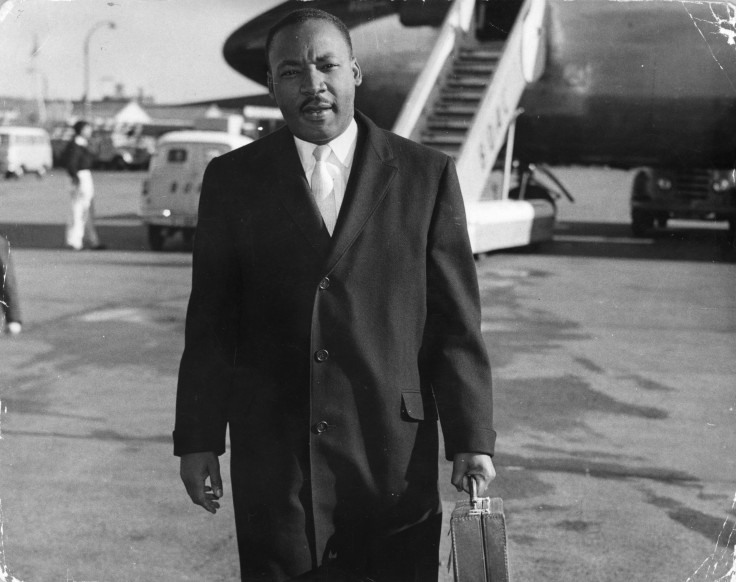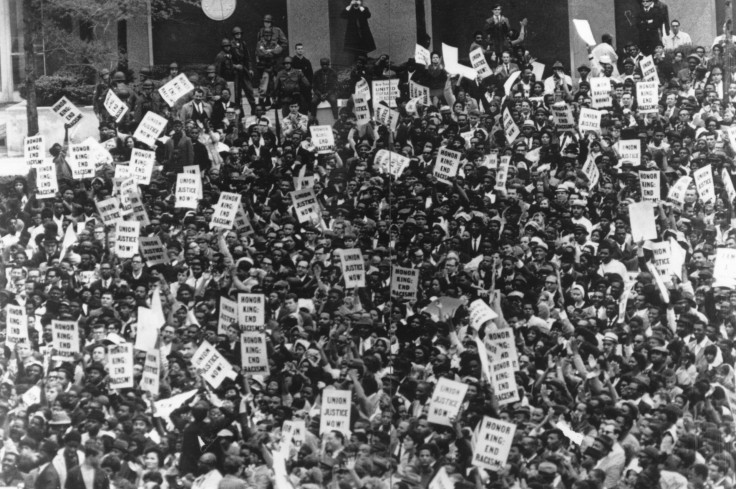How Did MLK Die? 6 Facts About Martin Luther King Jr. Assassination

One of the most well-known social activists of the 20th century, Baptist minister and civil rights leader Martin Luther King, Jr. was an advocate of equal rights for African-Americans. Aspects of his career, like using nonviolent civil disobedience to protest and his, “I Have a Dream” speech, are still remembered today as the world commemorates his work every year on Martin Luther King Jr. Day.
King’s life ended abruptly April 4, 1968 when he was assassinated by escaped felon James Earl Ray. Here are six facts about the activist’s assassination that are unknown to many:
King was shot on the balcony of a motel during a trip to support a sanitation worker’s strike. The issue with economic equality in the U.S. was on the forefront of King’s interests in the months leading up to his untimely death. He was in Memphis the day of the assassination to support a sanitation workers’ strike and was on his way to dinner when he was shot.
The assassin, James Earl Ray, was an escaped felon who initially pleaded guilt to the crime. He was convicted and then sentenced to 99 years in prison. Ray eventually recanted his admission of guilt and claimed he was innocent. He alleged that a man named “Raoul” recruited him in a larger conspiracy and when Ray realized he would be the scapegoat for the assassination, fled to Canada. The children and widow of King later showed public support for Ray’s innocence.
A single shot killed King: a wound to the chin and neck. He was shot in the jaw which caused damage to his lower cervical and upper thoracic spinal cord and severed multiple vital arteries. The bullet entered the right side of his face below his mouth, left through the lower part of his face and then reentered through his neck.
Evidence suggests that Ray stalked King before the assassination. Ray, who escaped from prison in Missouri, moved to California in 1967 but then traveled back to the east coast in February 1968. He also changed his address to Atlanta – King’s home city – before beginning his travels. Ray was in Selma March 22, a day after King was in the area, and purchased a weapon in Birmingham a few days before the assassination.
King’s assassination was caught on camera when a South African photographer snapped a shot of the immediate aftermath of the shooting. Joseph Louw, who was working on a documentary about King, was eating dinner when he had a “sudden urge to watch NBC nightly news,” according to Time.com. He went back to the motel where he heard the gunshot and ran to the balcony when he saw King on the ground.
“At first, it was just a matter of realizing the horror of the thing. Then I knew I must record it for the world to see,” he said.
King was buried in Atlanta on April 9 where thousands of people came to pay tribute to his casket.

© Copyright IBTimes 2024. All rights reserved.






















